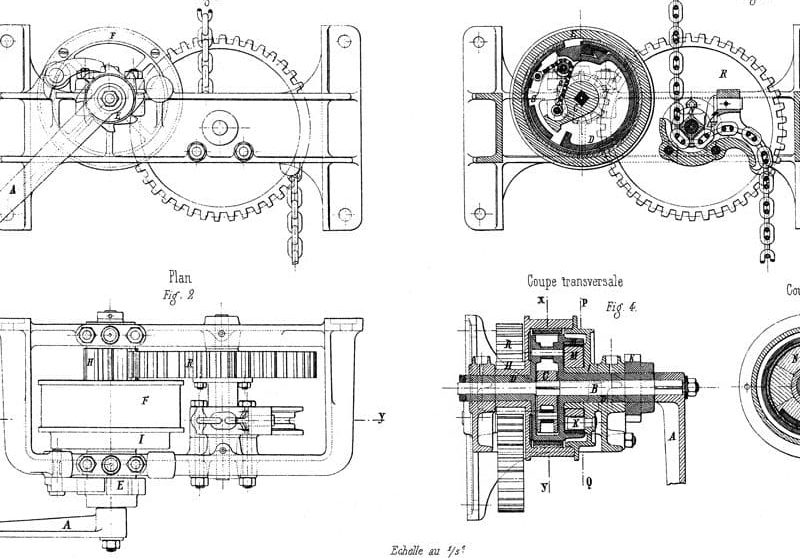Hartsfield-Jackson Atlanta International Airport, Atlanta, Georgia
Jan 1, 2014

Category 5: Moving Walks
submitted by Kellie Lindquist, KONE Inc.
Driven by code, safety and reliability factors, Atlanta Airlines Terminal Corp. (AATC) contracted with KONE in September 2009 for Phase 1 of the Hartsfield-Jackson Atlanta International Airport “Vertical Transportation Upgrades” project. The scope was expanded in May 2011, when Phase 2 of the project was integrated into the scheduled work, even while Phase 1 was in progress. The Phase 1 scope of work consisted of the complete modernization of six late-1970s vintage Montgomery HR round-tube truss escalators, all more than 40 ft. in rise. Phase 2 then added 10 additional escalators and two moving walks to the modernization work, bringing the total unit count to 16 escalators and two moving walks. This project was completed in June 2013.
As the world’s busiest airport, Hartsfield-Jackson presented logistical challenges that far outweighed those customary with more routine escalator modernizations, yielding no practical opportunity to perform a more traditional full-truss replacement on the equipment. The following conditions outline the primary reasons why KONE and the EcoMod™ process were selected as the ideal and safest solution:
- The units are staggered at critical heavy-traffic locations along the airport’s Automated Pedestrian Mall (APM), with the passenger corridor and rail system (located well underground) connecting the main terminal to the six air-gate concourses.
- AATC demanded complete, proven heavy-duty escalator and moving-walk replacements rated to meet the performance demands of a 24/7 international airport.
- EcoMod was able to incorporate many American Public Transportation Association-rated features and fit them into the existing truss constraints, keeping one or more escalator(s) available for passengers.
- The installation process was required to ensure the least amount of operational and passenger-flow disruption, as the facility remained 100% functional throughout.
- Special wall and floor finishes surrounding the escalators and walks could not be damaged in the process.
Due to the extreme rise and length of the equipment, the following access limitations presented the greatest overall challenges:
- All equipment was located on the secure “airside” of the airport property.
- All escalators penetrated below the tarmac level to access the APM level.
- No practical means or pathway existed for moving large truss assemblies without completely paralyzing and demolishing entire critical access areas.
- All equipment and replacement components had to be sized and capable of crane loading through a single airside overhead access hatch.
- Loading and transporting equipment could only occur during very limited 4-hr. windows, off hours.
- Any off-hours site work required careful planning and precise coordination between several entities.
- Barricaded workspace and footprints had to be secure and minimally invasive to maintain safe passenger flow through limited adjacent pathways.
- Many other unusual circumstances came into play during the modernization, including:
- Limited walk-by space within the barricades along the moving walks’ balustrades was allowed on the first two units due to artwork down the center corridor, requiring innovative and time-consuming methods.
- Significant coordination of work was required to coincide with existing onsite airport expansion construction, often adjacent to the escalator modernization work.
- Creativity was required in dealing with very tight nightshift loading windows and the extremely long APM corridors. After the component deliveries were loaded by crane through the small ceiling hatch, a series of barricaded staging areas was established along the corridor, allowing phased deliveries to the outermost concourses.
Dan Richardson, KONE jobsite foreman, remarked:
“We moved 95.4 million people through this airport last year, and the KONE EcoMod helped make that possible. The support and cooperation received from the on-site service team and the local office has been critical to ensuring a seamless transition from existing equipment to new.”
Credits
- Owner: City of Atlanta, Department of Aviation
- Airport operator: AATC
- Construction manager: Comprehensive Program Services, Inc.
- Logistics contractor (Phase 1): Circle D Enterprises
- Logistics contractor (Phase 2): New South Construction
- Architect: International Aviation Consultants LLC
Get more of Elevator World. Sign up for our free e-newsletter.









